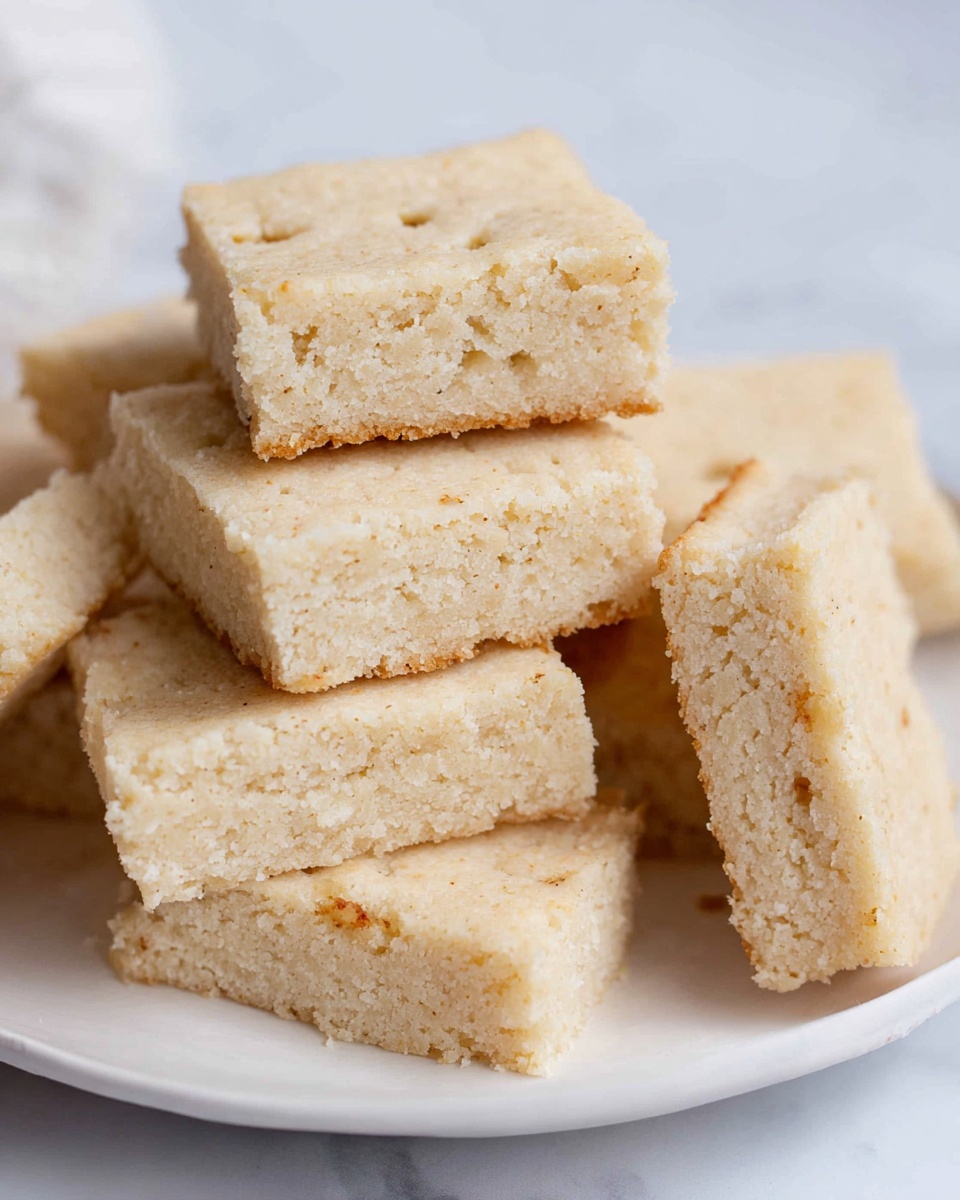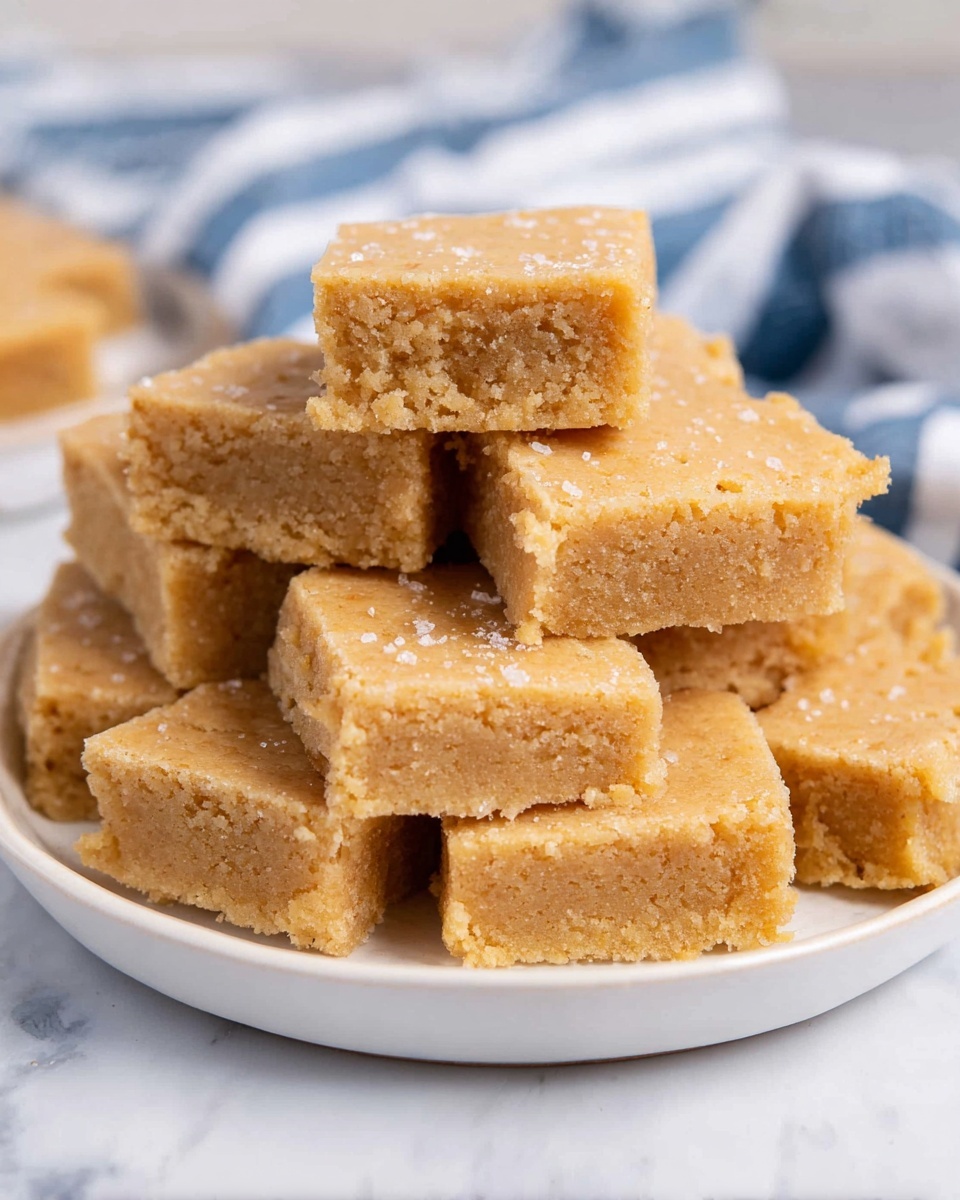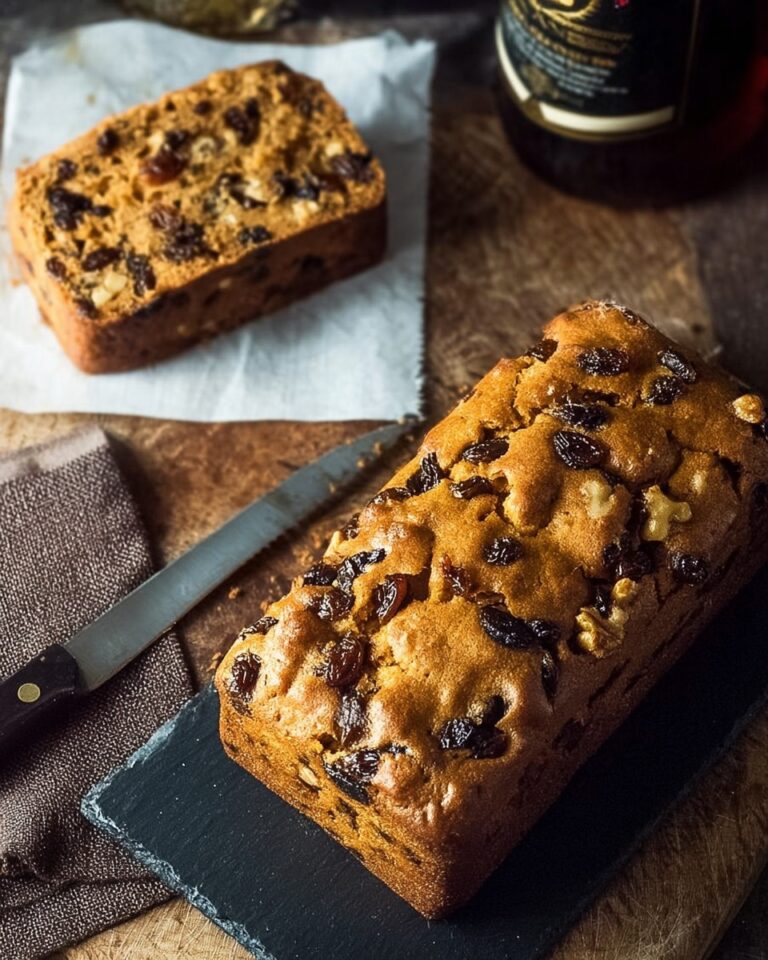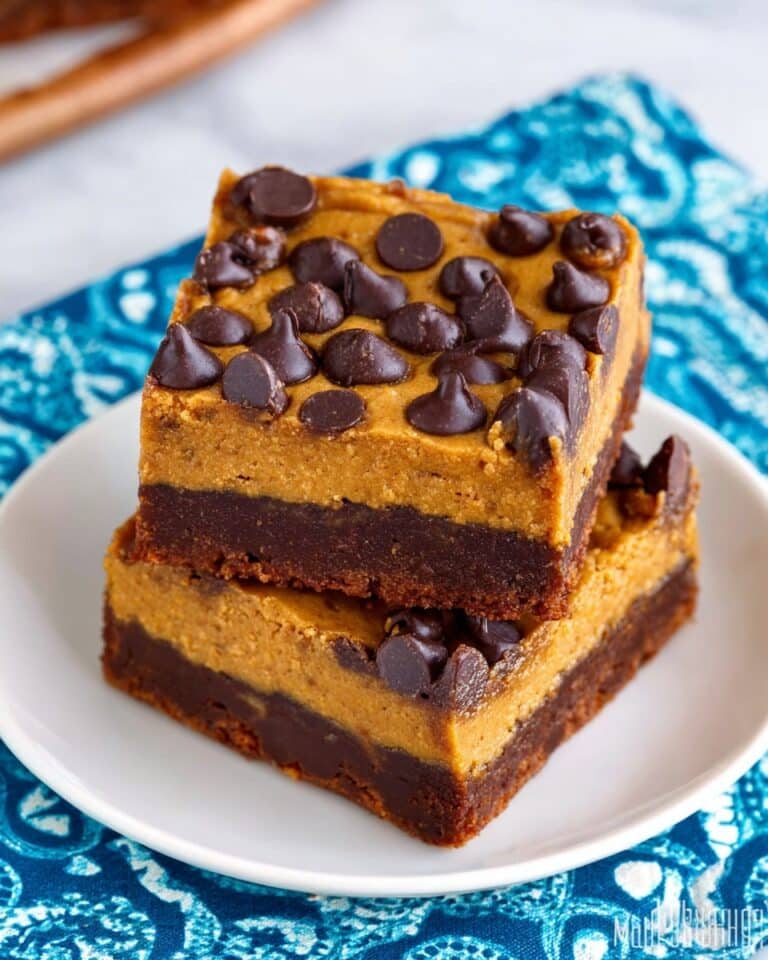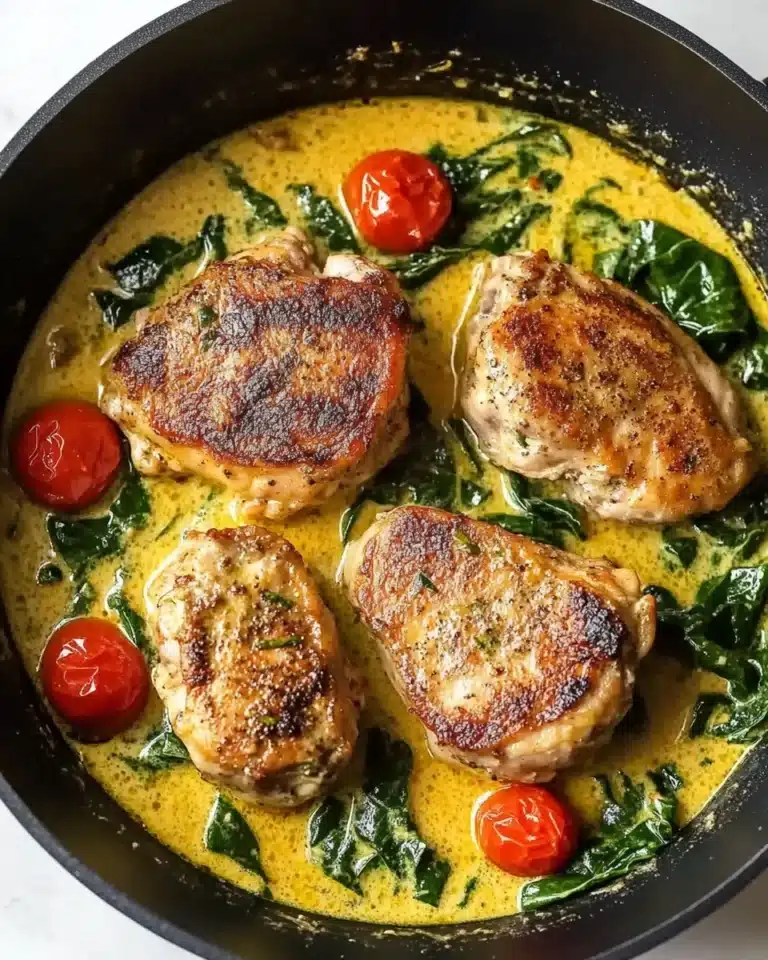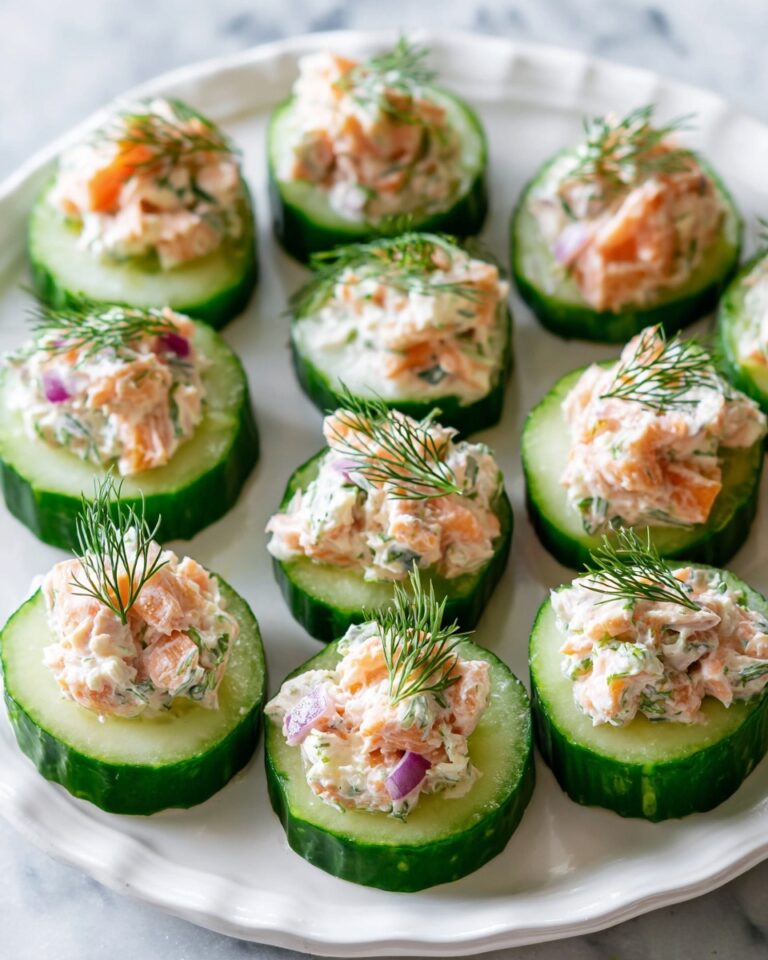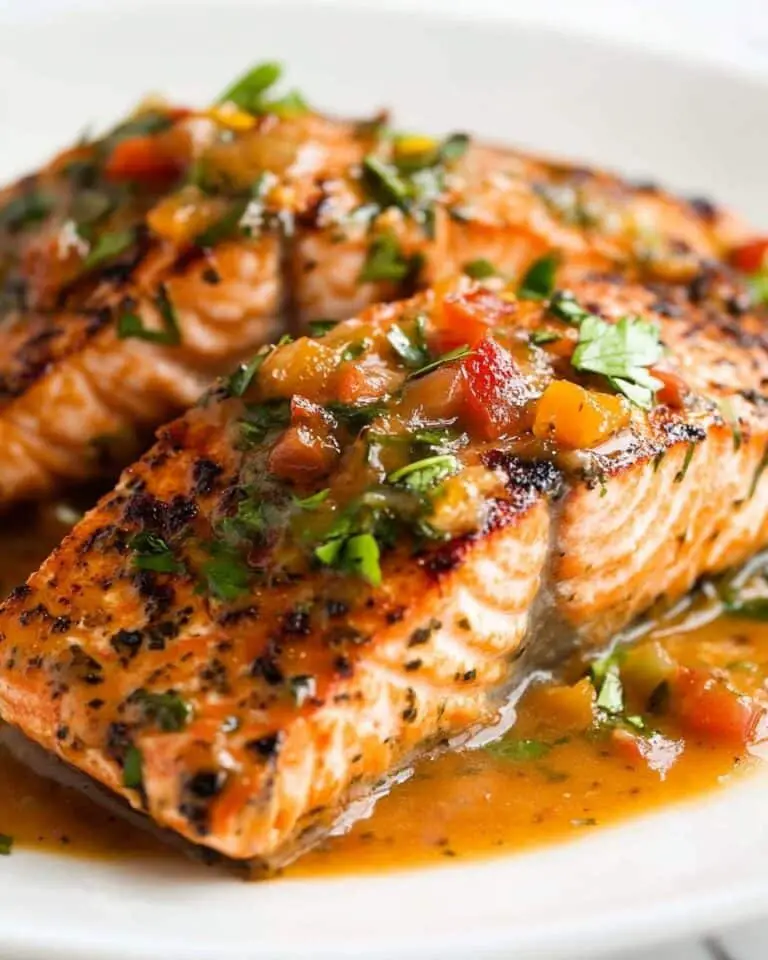If you’re craving a buttery, crumbly cookie that’s as comforting as a warm hug, you’re going to adore this Scottish Shortbread Cookies Recipe. I’ve made this classic treat countless times, and each batch turns out irresistibly tender with just the right amount of melt-in-your-mouth texture. Whether you’re a beginner or a seasoned baker, this recipe is foolproof and absolutely fan-freaking-tastic—let’s dive right in and make some magic happen in your kitchen.
Why You’ll Love This Recipe
- Simple Ingredients: Just four pantry staples come together to create authentic, delicious shortbread.
- Perfect Texture: The cookies stay tender yet crumbly, never dry, with a buttery richness that’s addictive.
- Easy to Make: Minimal hands-on time and straightforward steps mean you’ll have sweet satisfaction quickly.
- Versatile Serving: Perfect with tea, coffee, or just whenever you need a little cozy treat.
Ingredients You’ll Need
The beauty of this Scottish Shortbread Cookies Recipe is in its simplicity; every ingredient plays a vital role in that classic buttery crumb. I always make sure to use good-quality unsalted butter because it really elevates the flavor and texture. Also, caster sugar is a game-changer compared to regular granulated sugar because it dissolves so well, giving the cookies their delicate sweetness without a gritty bite.
- All-purpose flour: This is your cookie’s structure; sift it for a lighter texture if you can.
- Unsalted butter: Make sure it’s softened but not melted for that perfect mix-in. I find using real, creamy butter makes all the difference.
- Caster sugar: It adds just the right touch of sweetness without overpowering the buttery flavor.
- Table salt: A pinch to balance and bring out the flavors–don’t skip it even if you’re using salted butter!
Variations
One of the things I love about Scottish shortbread is how easy it is to customize. While the classic recipe is incredible on its own, feel free to add your personal twist! I’ve tried everything from a subtle lemon zest addition to dipping the edges in dark chocolate, and both were crowd-pleasers.
- Lemon Zest Shortbread: I added finely grated lemon zest once, and the citrus brightness gave the cookies a lovely fresh note without losing their traditional charm.
- Chocolate-Dipped Edges: After the cookies cool, dipping them in melted dark chocolate makes for a decadent treat that my family goes crazy for.
- Gluten-Free Version: Substitute a gluten-free flour blend with a little xanthan gum; just be careful with mixing times to maintain that tender texture.
- Herb Infusions: A pinch of dried rosemary or lavender can add a unique twist that’s perfect for special occasions.
How to Make Scottish Shortbread Cookies Recipe
Step 1: Gather and Prepare Your Equipment
I like to line my baking dish with parchment paper, leaving a little overhang so the shortbread lifts out effortlessly after baking. You can use an 8×8, 9×9, or even a round cake pan if that’s what you have on hand. This setup is key to easy cleanup and perfect bars every time.
Step 2: Combine Dry Ingredients in a Food Processor
Add the flour, caster sugar, and salt to your food processor and blitz just until they’re mixed well. This helps even out the distribution so your shortbread bakes evenly. If you don’t have a food processor, don’t sweat it—mixing by hand or with a mixer works fine; just make sure the sugar is well incorporated.
Step 3: Add Butter and Pulse to Perfect Crumble
Pop in the softened butter and pulse until the mixture looks like coarse breadcrumbs but still soft and malleable. This step is where that tender, crumbly texture begins. If your mixture seems too dry to press, it probably needs another couple of pulses or you might need softer butter.
Step 4: Press, Prick, Score, and Chill
Press the mixture firmly into the parchment-lined pan using your fingers—firm pressure helps the cookies hold together without drying out. I usually prick the dough with a fork at one-inch intervals to let steam escape during baking (this is an old-school trick I learned on a trip to Scotland). Then score the dough into bars with a knife for easy cutting later. Don’t skip the chilling step; it makes the shortbread hold shape and bake up silky rather than crumbly.
Step 5: Bake to Golden Perfection
Bake at 350°F (175°C) for 30 to 35 minutes. You want the shortbread set and showing a gentle light golden edge but not browned all over—that’s the secret to avoiding dry cookies. I keep a close eye starting at 30 minutes; pulling them out right on time makes all the difference.
Step 6: Cool, Cut, and Enjoy
After baking, cool your shortbread in the pan for about 5 minutes to firm up a bit, then cut along the scored lines. You’ll want to let the cookies cool completely before lifting them out, otherwise they can break—this is a trick I learned the hard way early on!
Pro Tips for Making Scottish Shortbread Cookies Recipe
- Butter Temperature: I always use butter that’s softened to room temp—not melted—to help the dough bind without getting greasy.
- Even Pressing: Press the dough evenly into the pan to avoid uneven baking; thicker spots take longer and can stay doughy.
- Don’t Overbake: Keep a close watch near the end—shortbread goes from golden to dry quickly.
- Chill Before Baking: Never skip chilling; it prevents spreading and helps you get that iconic shortbread texture.
How to Serve Scottish Shortbread Cookies Recipe
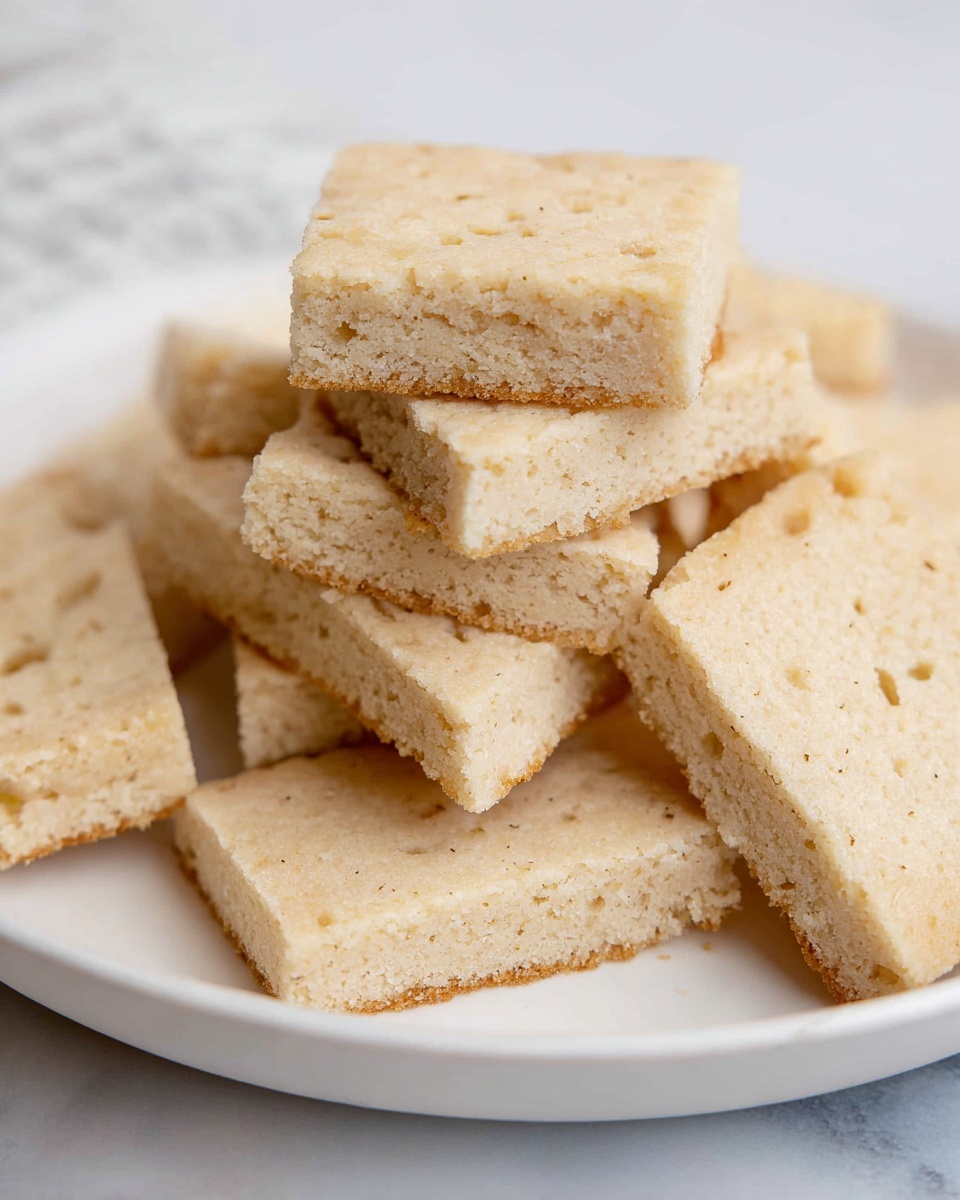
Garnishes
I love sprinkling a little powdered sugar over the shortbread for a pretty finish. Sometimes I’ll dip half of each bar in melted chocolate and let it set for a little extra indulgence. Fresh berries on the side also add a delightful contrast if you’re feeling fancy.
Side Dishes
Scottish shortbread practically begs for a hot cuppa—break out a strong black tea, chai latte, or even a smooth coffee. If you’re serving brunch, paired with fresh fruit and clotted cream, it’s nothing short of divine.
Creative Ways to Present
I’ve gifted these cookies wrapped in parchment tied with twine for the holidays—it gets rave reviews every time! For parties, arranging them in a pretty tin or stacking with layers of wax paper makes a charming display that’s sure to impress without the fuss.
Make Ahead and Storage
Storing Leftovers
These cookies keep beautifully at room temperature inside an airtight container for up to a week. I store mine in a cookie tin lined with parchment to keep them fresh and maintain their tender crumb for days.
Freezing
I’ve frozen shortbread both before and after baking. For dough, wrap tightly and freeze for up to 3 months, then thaw and bake when ready. Baked cookies freeze well too—just make sure they’re cooled completely, then layer with parchment paper in a sealed container.
Reheating
If your shortbread loses a bit of its fresh-baked charm after freezing, pop it in a low oven (about 300°F) for 5 minutes to refresh that crisp texture. Just be careful not to overheat or they’ll dry out.
FAQs
-
Can I make Scottish shortbread without a food processor?
Absolutely! While a food processor makes mixing quicker and more even, you can easily mix the dry ingredients by hand, then cut the softened butter in using a pastry blender or your fingertips until the mixture looks like coarse crumbs. Just be careful not to overwork the dough to keep your shortbread tender.
-
Why is chilling the dough important?
Chilling firms up the butter and helps the dough relax, preventing spreading in the oven. This ensures your shortbread keeps that classic thick, crumbly texture rather than turning thin and crispy or greasy.
-
Can I use salted butter instead of unsalted?
You can, but be sure to reduce or omit the additional salt in the recipe to avoid overly salty cookies. I prefer unsalted butter because it gives me full control over the seasoning.
-
How should I store Scottish shortbread cookies?
Store in an airtight container at room temperature to keep them fresh and tender. Avoid storing in the fridge as it can dry them out. If you want to keep them longer, freezing is your best bet.
-
What makes Scottish shortbread different from regular cookies?
Scottish shortbread is unique because of its simple ingredient list—lots of butter, little sugar, and no leavening agents—which creates a rich, crumbly texture that literally melts in your mouth, unlike typical soft or chewy cookies.
Final Thoughts
This Scottish Shortbread Cookies Recipe is one of my absolute favorites to bake and share. It feels like a little slice of Scotland in your own kitchen, offering unbeatable buttery goodness with minimal fuss. Whether it’s a quiet afternoon snack or part of your holiday baking, I promise you’ll find yourself coming back to this recipe again and again—my family certainly does! So grab your butter, roll up your sleeves, and treat yourself to a classic that never disappoints.
Print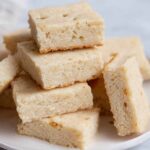
Scottish Shortbread Cookies Recipe
- Prep Time: 15 minutes
- Cook Time: 35 minutes
- Total Time: 50 minutes
- Yield: 32 bars
- Category: Dessert
- Method: Baking
- Cuisine: Scottish
- Diet: Vegetarian
Description
Classic Scottish shortbread made with just four simple ingredients—flour, unsalted butter, caster sugar, and a pinch of salt—to create a rich, buttery, and crumbly cookie that melts in your mouth. Perfectly baked for a lightly golden finish and traditional shortbread texture.
Ingredients
Shortbread Ingredients
- 2 cups all-purpose flour
- 8 oz unsalted butter (softened – 2 sticks = 1 cup)
- ½ cup caster sugar
- ¼ tsp table salt
Instructions
- Prepare the Pan: Line an 8×8 inch baking dish with parchment paper, leaving a 1-inch overhang on two sides for easy removal. You can also use a 9×9 inch pan or a round cake pan. Set aside.
- Combine Dry Ingredients: Add the flour, sugar, and salt to the bowl of a food processor and pulse a few times until well combined.
- Add Butter and Pulse: Add the softened butter to the flour mixture and pulse until the mixture resembles coarse breadcrumbs but remains soft and pliable. Avoid over-processing.
- Form the Dough: Press the mixture firmly into the prepared baking pan using your fingers and hands. If the dough feels too dry, pulse it a little more until it holds together.
- Score and Chill: Prick the dough at 1-inch intervals with the tines of a fork, then score the dough into 2 x 1-inch bars with a knife. Cover the pan with plastic wrap and chill in the refrigerator for at least 2 hours.
- Preheat Oven: Preheat your oven to 350°F (175°C).
- Bake: Place the chilled pan on the middle rack and bake for 30-35 minutes, or until the shortbread is set and lightly golden brown. Be careful not to overbake, as this will dry out the cookies.
- Cool Slightly: Remove from the oven and place the pan on a wire rack to cool for 5 minutes.
- Cut and Cool Completely: Using the scored lines as a guide, cut the shortbread into bars. Let the cookies cool completely before removing them from the pan to prevent breakage.
- Store Properly: Store the shortbread in an airtight container at room temperature for up to 1 week, or freeze in a well-sealed container for up to 3 months.
Notes
- Traditional Scottish shortbread is a simple yet beloved cookie made from just four ingredients, delivering a crumbly, buttery treat everyone will love.
- Using caster sugar ensures a fine texture and even sweetness.
- Chilling the dough helps the shortbread hold its shape and improves texture.
- Do not overbake; shortbread should be lightly golden but not browned to keep it tender.
- For a different flavor, consider adding a teaspoon of vanilla extract or a pinch of ground cinnamon.
Nutrition
- Serving Size: 1 bar
- Calories: 83 kcal
- Sugar: 0.03 g
- Sodium: 10 mg
- Fat: 6 g
- Saturated Fat: 4 g
- Unsaturated Fat: 1.2 g
- Trans Fat: 0.2 g
- Carbohydrates: 7 g
- Fiber: 0.2 g
- Protein: 1 g
- Cholesterol: 15 mg

